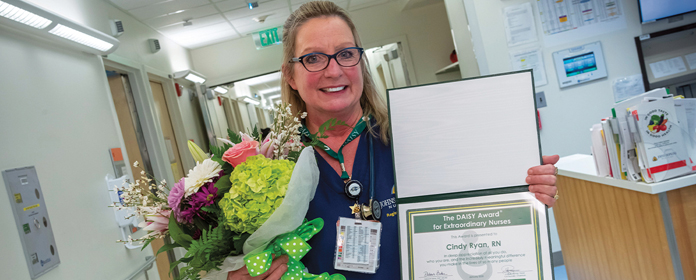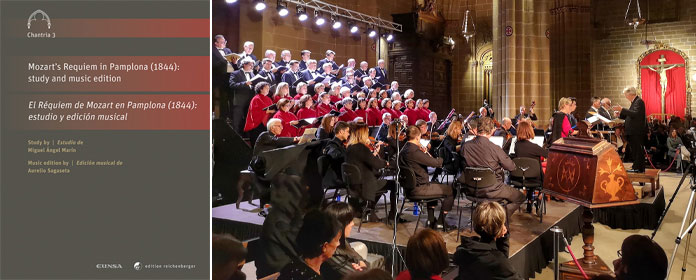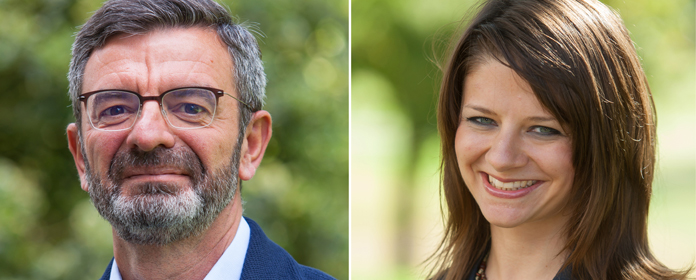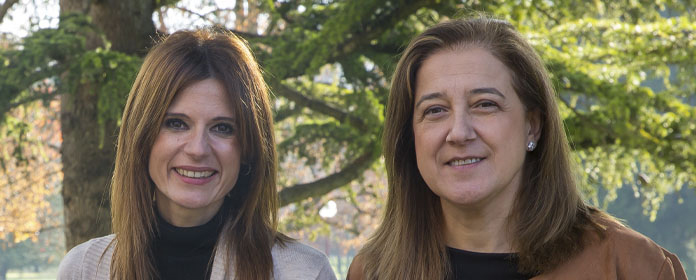A book gathers experiences of institutions such as the Reina Sofia Museum or the Botín Center on preserving and disseminating cultural heritage in the digital era
The publication is part of the project 'Creativity and Cultural Heritage' of Institute for Culture and Society, led by Professor Julia Pavón.
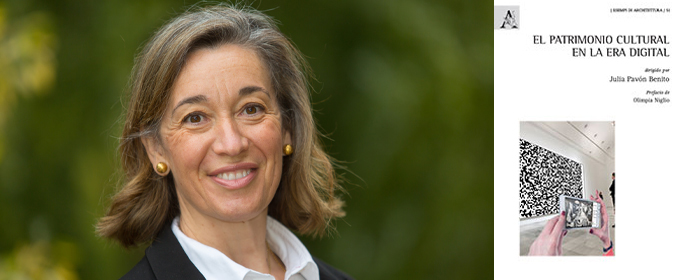
PHOTO: Manuel Castells
A new book from the University of Navarra compiles six research studies that delve into the challenge of preserving and disseminating the value of cultural heritage in the digital era. The Issue is framed within the project 'Creativity and Cultural Heritage' of the Institute for Culture and Society (ICS) of the University of Navarra and is coordinated by its main researcher, Professor of History Julia Pavón. It is the result of the II Heritage workshop , held in April 2019.
position The foreword of El patrimonio cultural en la era digital is by Olimpia Niglio(ICOMOS, Asian Cultural Landscape Association) and includes works by the director of the Museum of Navarra, Mercedes Jover Hernando; the founder and director of GNOSS (business technology dedicated to the construction and exploitation of graphs of knowledge), Ricardo Alonso Maturana; the manager of the digital projects of the Museo Nacional Centro de Arte Reina Sofía, Olga Sevillano Pintado; the executive director of the Centro Botín, Fátima Sánchez, and two researchers linked to the ICS, Anna Dulska and Thaïs Rodés Sarrablo.
In their chapters they share innovative ideas and experiences related to the tasks of management, Education and knowledge dissemination of their institutions' collections.
As Professor Pavón explains in the book, technology has made it possible today to visit the Louvre Museum or the Cathedral of Burgos from a computer, which, although it is a great step forward in the dissemination of cultural goods, also entails a risk: "There is a danger of falling into the 'dictatorship of profit' applied to culture, as Nuccio Ordinesaid".
"Beauty and contemplation, knowledge and the aspiration to the true knowledge would thus be mutilated, and even weighed down, if everything were to end up in a mere time of expansion in free time; time closely marked by the interface used," he explains.
Access to bequest of our ancestors"Visualizing the bequest of our ancestors and accessing it," he continues, "does not turn us into cultivated people any more than it drives away ignorance. Love for the knowledge does not imply falling into fallacious methods for its acquisition, nor does it discard it". In this sense, he suggests that this Issue "aims to avoid this communicative short-circuit and give a real voice to the cultural heritage collected in museums without losing the right path".
First of all, Ricardo Marturana shares his project of transferring the collections of the Prado Museum to the web. "Its pages synthesize the dedication and development of a symbolic artificial intelligence experience, a technological wake-up call to facilitate communication between the museum's real visitors and its extensive collection," Professor Pavón points out.
For her part, Mercedes Jover explains the Museum of Navarra's project 'All art is contemporary'."Betting on an art whose vision and mission statement acclimates to reality. That is, to vivify and recover art to shape knowledge in a present society without forgetting the past," says the professor.
Olga Sevillano's chapter includes the Museo Reina Sofía's proposal for 'Rethinking Guernica'. "Technology becomes a mere actor to represent a methodology applied with the aim of thoroughly investigating a symbolic work in the history of the 20th century," adds the ICS researcher.
She also comments that in 'Centro Botín: arts, emotions and creativity', Fátima Sánchez Santiago shares how this institution is committed to exploring emotions in relation to the creative field and seeks "new formulas to approach and motivate interest in knowing how to enter into dialogue and connect with the background of artistic and cultural works".
Anna Dulska talks about her initiative, the Sepharad Virtual Museum, a platform to showcase the archaeology of Sepharad. Professor Pavón argues that "it is conceived to be the materialization of a debit, of a rescue of a past, perhaps insignificant for many, but of great value to quantify the weight in the present of a history that the Jews in exile materialized in a key; the key back".
The last contribution of the Issue corresponds to Thaïs Rodés, who exposes to what extent the new digital techniques of reproduction of works of art has made possible the access to the sacred art of the Aran Valley.

